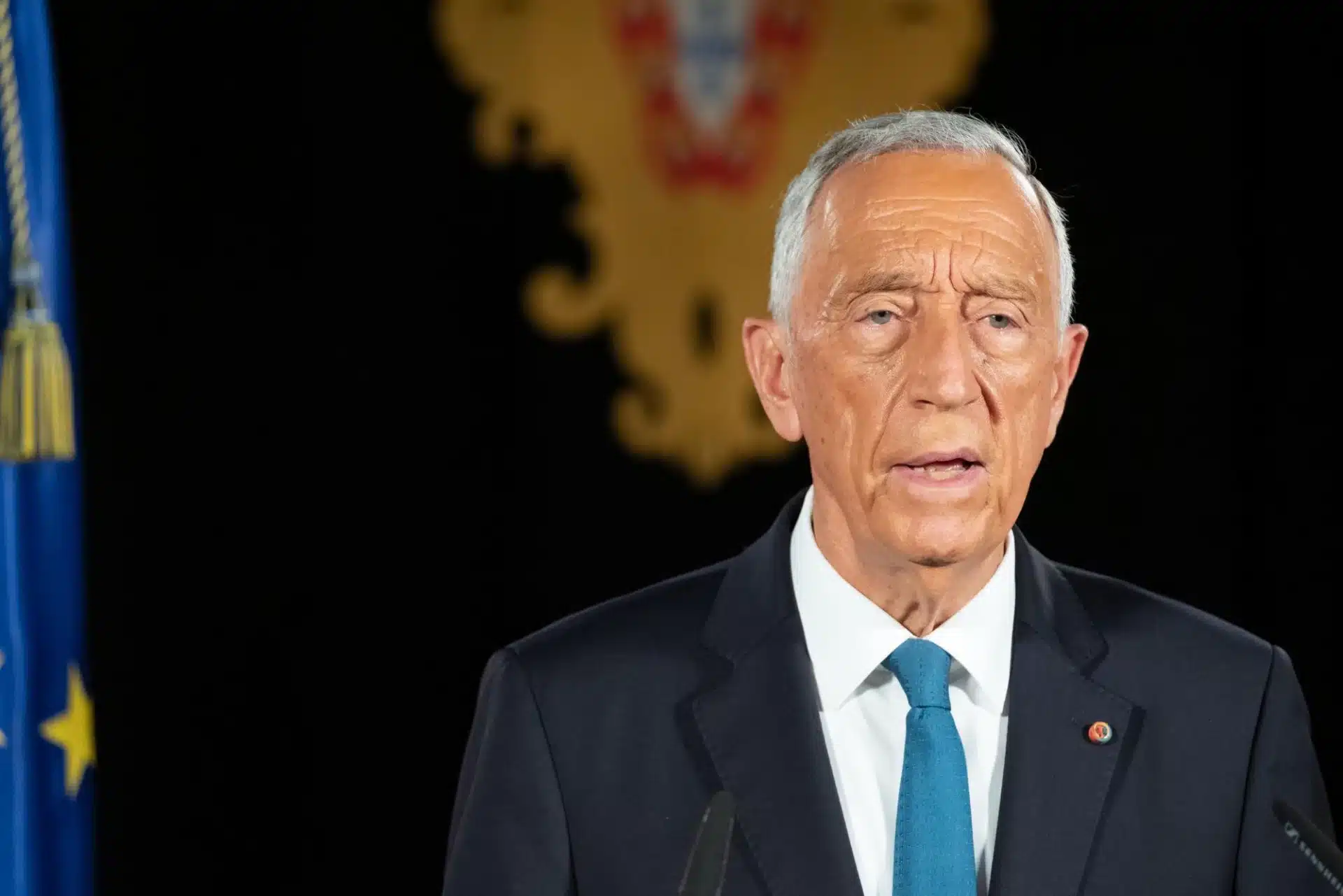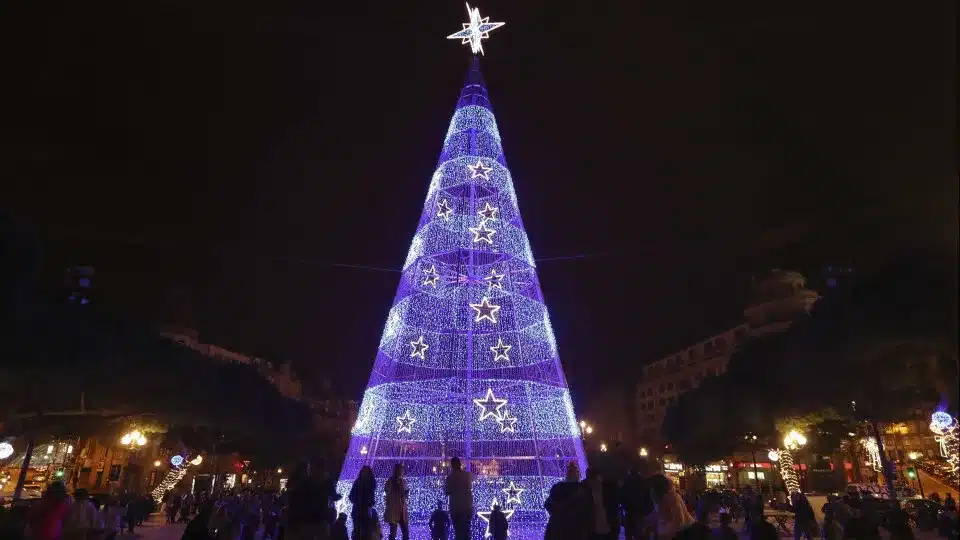The Porto City Council will implement a network of priority routes for means of soft mobility that covers about 30 kilometers of streets and establishes, in some, a maximum speed of car circulation of 20 kilometers per hour. hour.
Speaking to the Lusa agency, Pedro Baganha, Porto City Council’s Councillor for Urbanism, explained that the program, entitled Rede 20, aims to prioritize the means of soft mobility: the bicycle, scooter and, above all, the pedestrian.
“The city center has to change,” noted Pedro Baganha.
With this network, the public space will have distinct streets: some intended for car traffic, which are part of the road network defined in the Municipal Master Plan (PDM), and others with limitations to road traffic, which will become part of Network 20.
The network will focus on the city center, in a 2.4 square kilometer polygon defined by Álvares Cabral and Gonçalo Cristóvão streets (to the north), Restoration, D. Manuel II, Maternity, Boa Nova and Boa Hora streets (to the west), and Alegria and Fontaínhas streets (to the east).
The pedestrianization of streets, the expansion of the existing Zones of Conditioned Automobile Access (ZAAC) and the constitution of sharing streets with the limitation of the maximum allowed circulation speed to 20 kilometers per hour will be some of the measures to be implemented under the program.

The actions will be developed as the city center “no longer suffers the constraints resulting from the ongoing metro works” and which will result in the new Pink line.
“We want the center to reopen with a different paradigm after the completion of the metro works,” the councilor stressed.
Network 20 will be implemented gradually and is expected to be completed in three years.
The first phase of the project, which starts today, involves the implementation of “speed deterrent” measures in 12 of the 30 kilometers of streets, such as the placement of signs and the elevation of the space destined for car circulation.
Of the 12 kilometers covered in this phase, three are existing Zones of Conditional Automobile Access (ZAAC) in Porto.
Parking for residents and for loading and unloading vehicles will be guaranteed on the streets.
In total, the program includes 51.4 kilometers of streets, of which 21.8 kilometers are intended for the automotive network and 29.6% for the soft mobility network.
The pedestrianization contract for Rua de Alexandre Braga, one of the arteries around the Bolhão Market, has already integrated the municipal pedestrianization plan for the historic center of Porto.
The project is scheduled to be presented today, at 10:30 am, at Largo Amor de Perdição, in a session with the presence of the Mayor of Porto, Rui Moreira, and the councilor for Urbanism.
https://www.portugalpulse.com/golden-visa-a-golden-opportunity-for-investors-2023/









